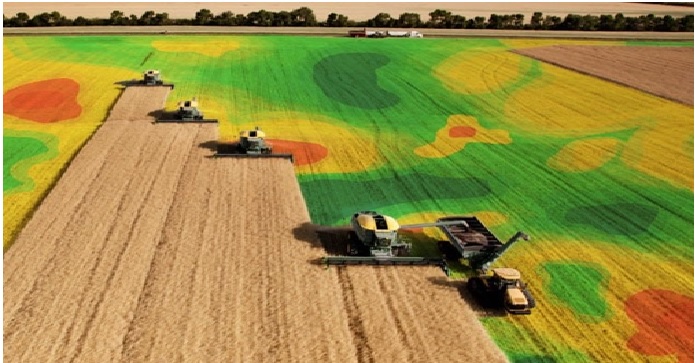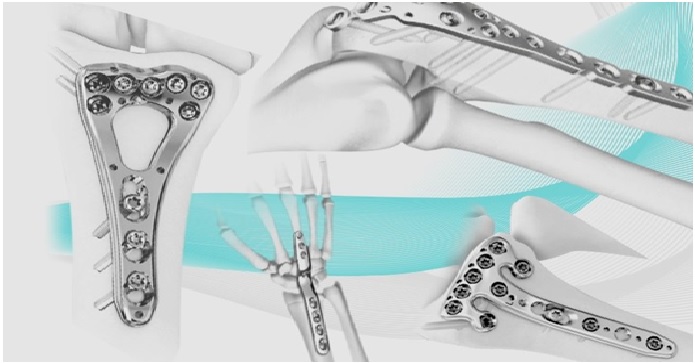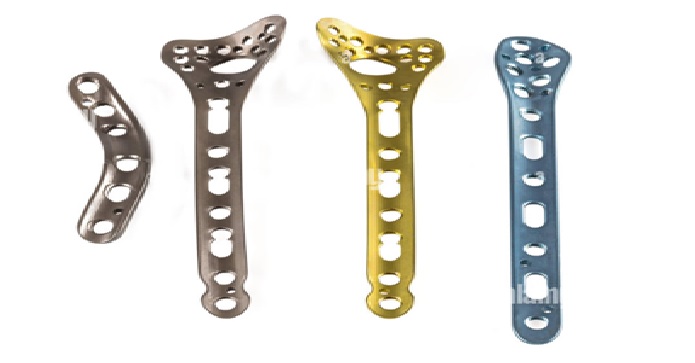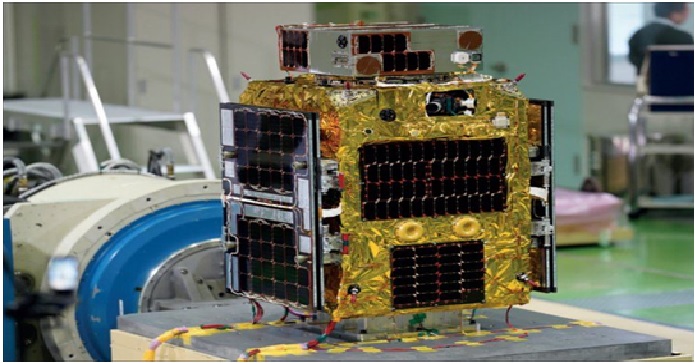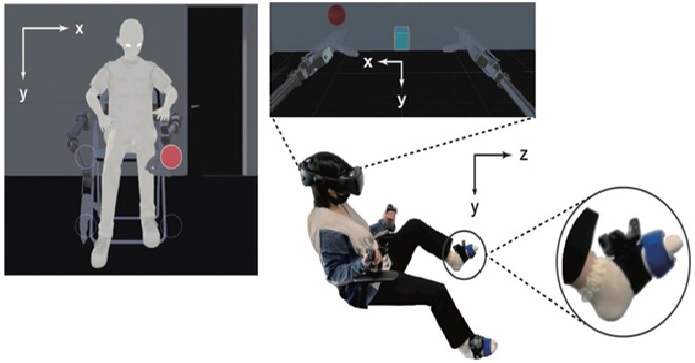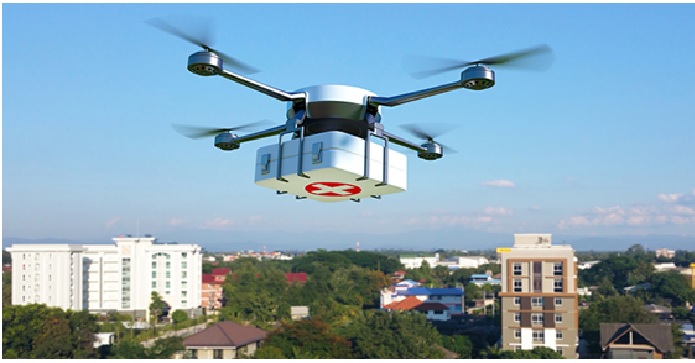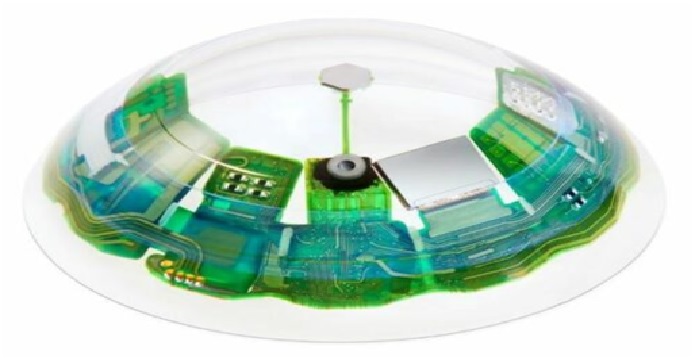3 Key Considerations for the Next Generation of HMI
In the past, a human machine interface (HMI) consisted of a physical control panel with push buttons, switches and indicator lights that enabled users to communicate with a machine. As the technology progressed, it became possible for users to monitor processes, see status information displays and send commands. Now, HMI applications are everywhere, including smartphone apps used to control televisions, voice commands in a vehicle, patient monitoring in hospitals or touchscreen control panels in a smart factory. [1].

Figure 1. 3 Key Considerations for the Next Generation of HMI
Figure 1 shows Moving into a new world of human-machine interaction will require interactive, smart applications with a new set of challenges for the processors that make HMI possible.
No. 1: Enabling new functions with AI at the edge
The new generation of HMI designs will rely on edge artificial intelligence (AI) to enable new functions. For example, machine vision can enable controlled access to a machine through facial recognition or enable touchless operation with gesture recognition like the example in figure 1. Additionally, adding edge AI capabilities like machine vision to HMI designs can enable more accurate analytics for current system statuses and predictive maintenance. When creating new HMI applications, you will need to consider the effort around edge AI application development, as well as processor capabilities. [2]
Consideration 2: Balancing performance and power consumption
High levels of integration on a single chip can impact device power consumption, especially when edge AI capabilities are fully enabled. Small designs often require a small form factor, especially in harsh environments, which complicates the power design of the final product. Designers must overcome challenges to create power-efficient designs that take into account thermal constraints without increasing overall system cost. Low-power designs should include ultra-low power and multiple low-power modes to extend product life.
Consideration 3: Integrated Smart Connectivity and Differentiated Display Support
The growing number of field devices and sensors, as well as emerging real-time industrial communication protocols, creates challenges for new HMI applications. For example, an HMI in a smart factory environment needs to communicate with other devices and machines, which means HMI designs need to have connectivity and control capabilities. Display is not only another consideration in designing an HMI, it also provides unique functionality and a way to enhance human-machine communication. [3]
References:
- https://www.eletimes.com/3-key-considerations-for-the-next-generation-of-hmi
- https://e2e.ti.com/blogs_/b/process/posts/human-machine-interface-to-human-machine-interaction-with-am62
- 3.https://www.hcitinfo.com/zf6bi19hanhh.html
Cite this article:
Thanusri swetha J (2022), 3 Key Considerations for the Next Generation of HMI, AnaTechMaz, pp.217


